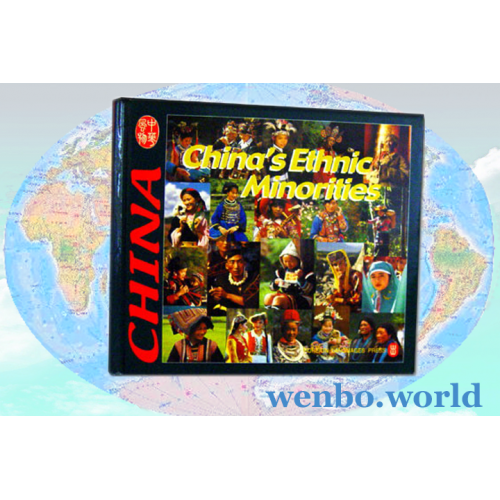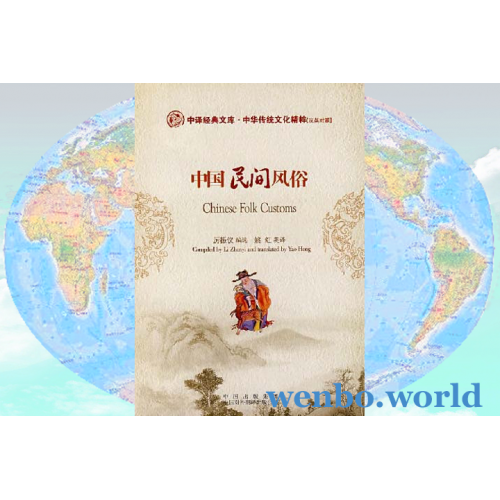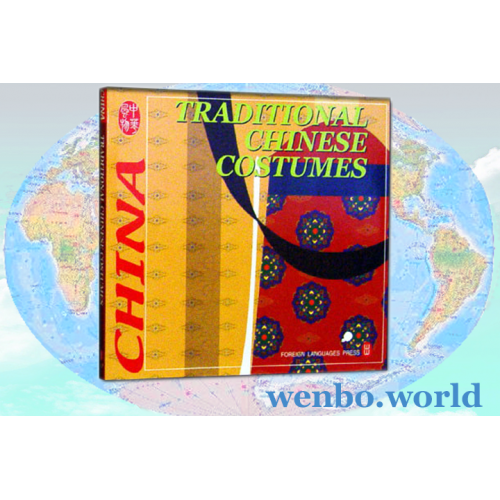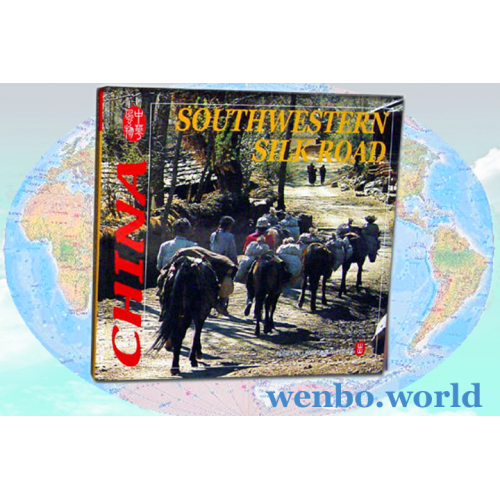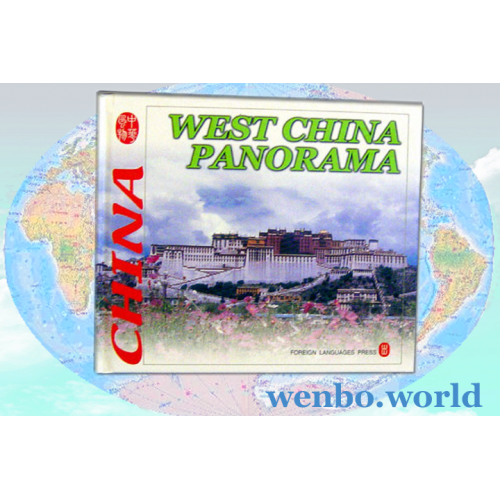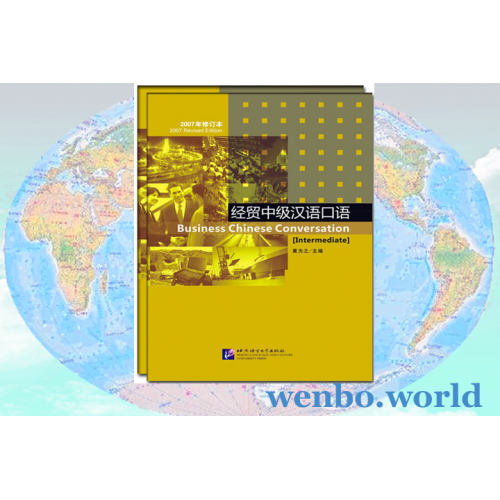China Ethnic Minorities
- Model: 7119031848
- SKU: b00ethnic
- ISBN: 9787119031842
- Reward Points: 200
- Availability: 2-3 Days
-
- Price in reward points: 1999
This album with beautiful pictures and explanatory text in English, introducing 55 of ethnic minorities: the Mongolians, the Hui, the Tibetans, the Uygur, the Miao, the Yi, the Zhuang, the Koreans, the Bouyei, the Manchu, the Dong, the Yao, the Bai, the Tujia, the Hani, the Kazak, the Li, the Dai, the Lisu, the Va, the She, the Gaoshan, the Lahu, the Shui, the Dongxiang, the Naxi, the Jingpo, the Kirgiz, the Daur, the Tu, the Mulam, the Qiang, the Blang, the Salar, the Maonan, the Xibe, the Gelao, the Primi, the Achang, the Tajik, the Nu, the Uzbek, the Ewenki, the Russians, the Bonan, the De'ang, the Yugur, the Jing, the Tatar, the Drung, the Oroqen, the Hezhen, the Moinba, the Lhoba, the Jino.
The homelands of the minority peoples are mostly border areas of China, and therefore these regions serve as a link between China and other countries. The Xinjiang Uygur Autonomous Region, inhabited by more than 20 nationalities at present, was called the Western Regions in ancient times, and was a bridge facilitating communication between the eastern and western civilizations. The "Silk Road" from Xi'an in Shaanxi Province at the eastern end to Central Asia, the Black Sea, the Mediterranean Sea and as far as Rome at the farthest western end, ran through the Gansu Corridor along two roads lying to the south and north, respectively, of the Tarim Basin, south of the Tianshan Mountains, and then cut across Congling Ridge. In fact, there was a much older "Silk Road" running from Sichuan Province to Myanmar and India via Yunnan Province, largely inhabited by ethnic minorities. In ancient times, this ancient road was not only one linking southern China with other parts of the world, but also a corridor for ethnic groups to travel south or north. These two channels allowed scientific knowledge, music, art, western Christianity, Islam from Western Asia and Buddhism from India to gradually spread into the Central Plains. At the same time, China's traditional culture and science and technology, and even some handicrafts such as silk, porcelain, tea and jade ware, were carried to countries in Southeast Asia and the West.
Book title: China's Ethnic Minorities
by Xing Li, Liao Pin, Yu Bingqing, and Lan Peijin (Text)
Published by Foreign Languages Press, 2003
Culture of China Series:
Language: English
ISBN: 7119031848 9787119031842
Hardcover, illustrated, dimension 190mm x 170mm, 119 pages
中文名: 中国少数民族
作者: 兰佩瑾 编
语种: 英语
出版社: 外文出版社
出版日期: 2003年1月1日
ISBN: 9787119031842
装帧: 精装
开本: 32开
页码: 118
中国是具有悠久历史、辽阔领土和庞大人口的统一的多民族大国,共有56个民族。少数民族是指多民族国家中除主体民族以外的民族,中国的主体民族是汉族,其他55个法定民族均是少数民族。少数民族约占全国总人口的6.6%,分布在我国总面积 50—60% 的土地上。
这55个少数民族分别是:傣族、维吾尔族、回族、藏族、蒙古族、彝 族、苗族、壮族、布依族、朝鲜族、满族、侗族、瑶族、白族、土家族 、哈尼族 、哈萨克族 、黎族、僳僳族、佤族、畲族、高山族、拉祜族、水族、东乡族、纳西族;
景颇族、柯尔克孜族、土族、达斡 尔族、仫佬族、羌族、布朗族、撒拉族、毛难族、仡佬族、锡伯族、阿昌族、普米族、塔吉 克族、怒族、乌孜别克族、俄罗斯族、鄂温克族、德昂族、保安族、裕固族、京族、塔塔尔 族、独龙族、鄂伦春族、赫哲族、门巴族、珞巴族、基诺族。
云南是中国少数民族最多的省份,在全国56个民族中,云南就有52个,其中15个为云南独有,少数民族中人口最多的是彝族。
Tags: Chinese culture, ethnic minorities, folk customs, Chinese festivals
Related Products
Chinese Festivals (English)
China has a long history of agriculture, so in the earliest stages its festivals were intimately tied up with farming. Today, the Chinese continue to celebrate ..
Chinese Folk Customs
Most of the numerous Chinese folk customs have been carried on for several hundred or even one thousand years. For all the historical upheavals and geographical..
Traditional Chinese Costumes
Costume culture is part of human life and a symbol of civilization. The appearance and evolution of clothing are closely connected with the economy, politics, m..
Southwestern Silk Road
More than 2,000 years ago, China began to conduct transactions with other civilized countries through trade in commodities such as silk, colored glaze, gold, po..
Best Tourist Attractions (English)
China is a vast country with beautiful scenery, 5,000 years of brilliant history and a wealth of cultural relics. If you have the chance to visit China, you wil..
Costumes of Ethnic Minority Groups, Chinese Imperial Costume, Chinese Cheongsams
Chinese Culture: Costumes of Ethnic Minority Groups in China; Chinese Imperial Costume; Chinese CheongsamsCostumes of Ethnic Minority Groups in ChinaThe history..
Rare Wild Animals
This album shows rare wild mammals, birds, amphibians and reptiles in China that are under first- and second-grade state protection. The physical features, dist..
China - West China Panorama (English)
Situated in the central part of the Asian continent, the western region of China is on the rooftop of the world. With an area larger than half of Europe, it has..
Business Chinese Conversation - Intermediate
covers all aspects concerning foreigners' business activities in China, such as establishing contact, signing contracts, credit risks and management, online tra..
Business Chinese - Follow me in Chinese
The lesson consists of situational dialogues and key sentences. 6 lessons: At the Office Make a Call Making Appointments Invitations At..
Common Chinese - Follow me in Chinese
The lesson consists of situational dialogues and key sentences. 6 lessons: Greetings Introductions Asking the Way Asking for help Talki..
Proprieties Chinese - Follow me in Chinese
The lesson consists of situational dialogues and key sentences. 6 lessons: Gratitude Apologies Wishes and Congratulations Compliments and Pr..
Tour Chinese - Follow me in Chinese
The lesson consists of situational dialogues and key sentences. 6 lessons: At the Airport At the Railway Station At the Bus Stop At the Hote..

